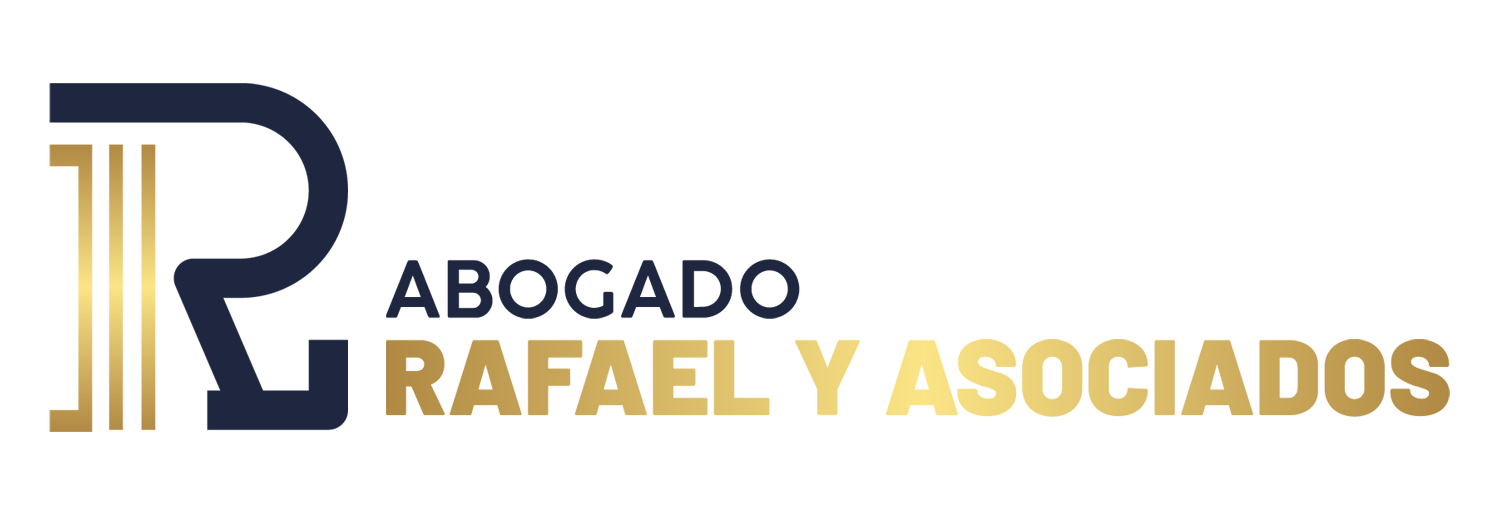Understanding Gender Discrimination in the Workplace
Gender discrimination in the workplace is a pervasive issue that affects countless individuals across various industries and sectors. It can lead to serious consequences for both employees and employers, stifling potential, and hindering organizational growth. Understanding the nuances of this form of discrimination is crucial for creating a fair and equal work environment that promotes productivity and harmony. In this expanded article, we will delve deeper into what gender discrimination entails, its widespread impacts, and comprehensive strategies to address and mitigate its occurrence.
Gender discrimination occurs when individuals face unfair or unequal treatment solely based on their gender. This form of discrimination is not limited to a specific gender; however, women and non-binary individuals are disproportionately affected. Recognizing and identifying these discriminatory practices is the first step toward fostering an inclusive workplace.
Gender discrimination can manifest in myriad ways within the workplace, each with distinct characteristics and impacts.
One of the most blatant forms of gender discrimination is unequal pay, where employees performing identical roles are compensated differently based on gender. This not only violates ethical standards but also legal guidelines in many regions. Employers must vigilantly assess and rectify wage disparities to ensure fairness and compliance with legal standards.
Hiring bias occurs when a preference for one gender over another influences recruitment decisions. Such biases can stem from deeply ingrained stereotypes and prejudices, affecting the diversity and inclusivity of the workplace. Strategies to counteract hiring bias include blind recruitment processes and diversity training for hiring managers.
Promotion discrimination involves overlooking qualified individuals for advancement opportunities based on gender. This not only affects the professional growth of individuals but also deprives organizations of diverse leadership perspectives. Implementing transparent promotion criteria and mentorship programs can help mitigate this issue.
Harassment encompasses unwanted behavior of a sexual nature or gender-based conduct that creates a hostile work environment. It can severely impact an individual’s mental health and job satisfaction. Establishing a zero-tolerance policy and providing safe channels for reporting harassment are critical steps in fostering a respectful workplace.
To combat gender discrimination, various laws and regulations have been established worldwide. These legal frameworks are essential for promoting equality and protecting the rights of employees.
In many countries, laws such as the Equal Pay Act in the United States mandate equal compensation for equal work, regardless of gender. These laws serve as a foundation for addressing wage disparities and ensuring fairness in compensation practices.
Title VII of the Civil Rights Act of 1964 in the United States prohibits employment discrimination based on race, color, religion, sex, or national origin. Such legislation is critical in safeguarding employees from discriminatory practices and promoting social justice within the workplace.
Globally, organizations like the International Labour Organization (ILO) set standards and guidelines to promote gender equality in the workplace. Companies operating internationally must adhere to these standards to ensure compliance and uphold ethical practices.
Gender discrimination can have profound and far-reaching effects on individuals and organizations alike. Understanding these impacts is crucial for recognizing the urgency of addressing this issue.
The repercussions of gender discrimination on employees are multifaceted, affecting their well-being and professional growth.
Employees who endure discrimination often experience significant stress, anxiety, and depression. The persistent nature of discrimination can erode self-esteem and lead to long-term mental health challenges. Employers must prioritize mental health support and create an environment where employees feel valued and respected.
Gender discrimination can severely hinder career progression, limiting opportunities for professional growth and advancement. Organizations must implement fair promotion practices and provide mentorship and development programs to support employees’ career aspirations.
Discrimination diminishes job satisfaction, leading to increased turnover rates and decreased employee engagement. Companies that fail to address discrimination risk losing valuable talent and diminishing overall productivity. Cultivating an inclusive workplace culture is vital for enhancing job satisfaction and retention.
The impacts of gender discrimination extend beyond employees, significantly affecting organizational dynamics and success.
A culture of discrimination fosters negativity and division, undermining team dynamics and morale. To cultivate a positive workplace culture, organizations must actively promote diversity and inclusion and address discriminatory practices promptly.
Employers engaging in discriminatory practices face potential lawsuits and financial penalties. These legal consequences can be costly and damage the organization’s reputation. Proactively addressing discrimination and ensuring compliance with legal standards can mitigate these risks.
Companies known for discriminatory practices struggle to attract and retain top talent, impacting their competitive edge. Building a reputation for inclusivity and fairness is essential for attracting a diverse and skilled workforce. Organizations must prioritize ethical practices to enhance their brand image and reputation.
Addressing gender discrimination requires a strategic and committed approach from both employers and employees. Implementing effective strategies can foster a more equitable work environment.
Ensuring equal pay for equal work is a fundamental step in addressing gender discrimination. Regularly reviewing and adjusting pay scales to eliminate disparities is crucial. Transparent compensation structures and audits can help maintain fairness and compliance with legal standards.
Creating a diverse and inclusive workplace involves actively recruiting and retaining employees of all genders. Employers should implement comprehensive diversity initiatives, including recruitment strategies, training programs, and support networks, to foster an inclusive environment.
Education is a powerful tool for combating discrimination. Implementing training programs that raise awareness about gender discrimination and equip employees with the skills to recognize and report it is essential. Continuous learning opportunities can reinforce a culture of respect and equality.
Employees must have access to clear and confidential channels for reporting instances of gender discrimination. Employers should establish robust reporting mechanisms and ensure timely and effective responses to complaints. Creating a safe space for employees to voice concerns is crucial for addressing discrimination.
Leadership plays a pivotal role in combating gender discrimination. Leaders must model inclusive behavior and hold themselves and others accountable for maintaining a fair work environment.
Leaders should demonstrate a commitment to gender equality by promoting diversity and supporting initiatives that address discrimination. By setting a positive example, leaders can inspire others to embrace inclusive practices and foster a culture of respect.
Leadership should develop and enforce policies that prevent gender discrimination. This includes establishing clear guidelines for behavior and outlining consequences for violations. Consistent enforcement of these policies is vital for maintaining an equitable workplace.
Leaders must prioritize accountability and transparency in addressing discrimination. Regularly assessing and communicating progress on diversity and inclusion initiatives is essential. Open dialogue and feedback can drive continuous improvement and reinforce a culture of trust and respect.
Gender discrimination is a pervasive issue that demands attention and action from everyone within the workplace. By understanding the complexities of gender discrimination, recognizing its impacts, and implementing comprehensive strategies to address it, we can work towards a more equitable and just work environment. This not only benefits individuals but also strengthens organizations by fostering a culture of respect, inclusion, and productivity.
Together, we can create a workplace where everyone has the opportunity to succeed, regardless of gender. By embracing diversity and championing equality, we pave the way for a brighter, more inclusive future for all.



